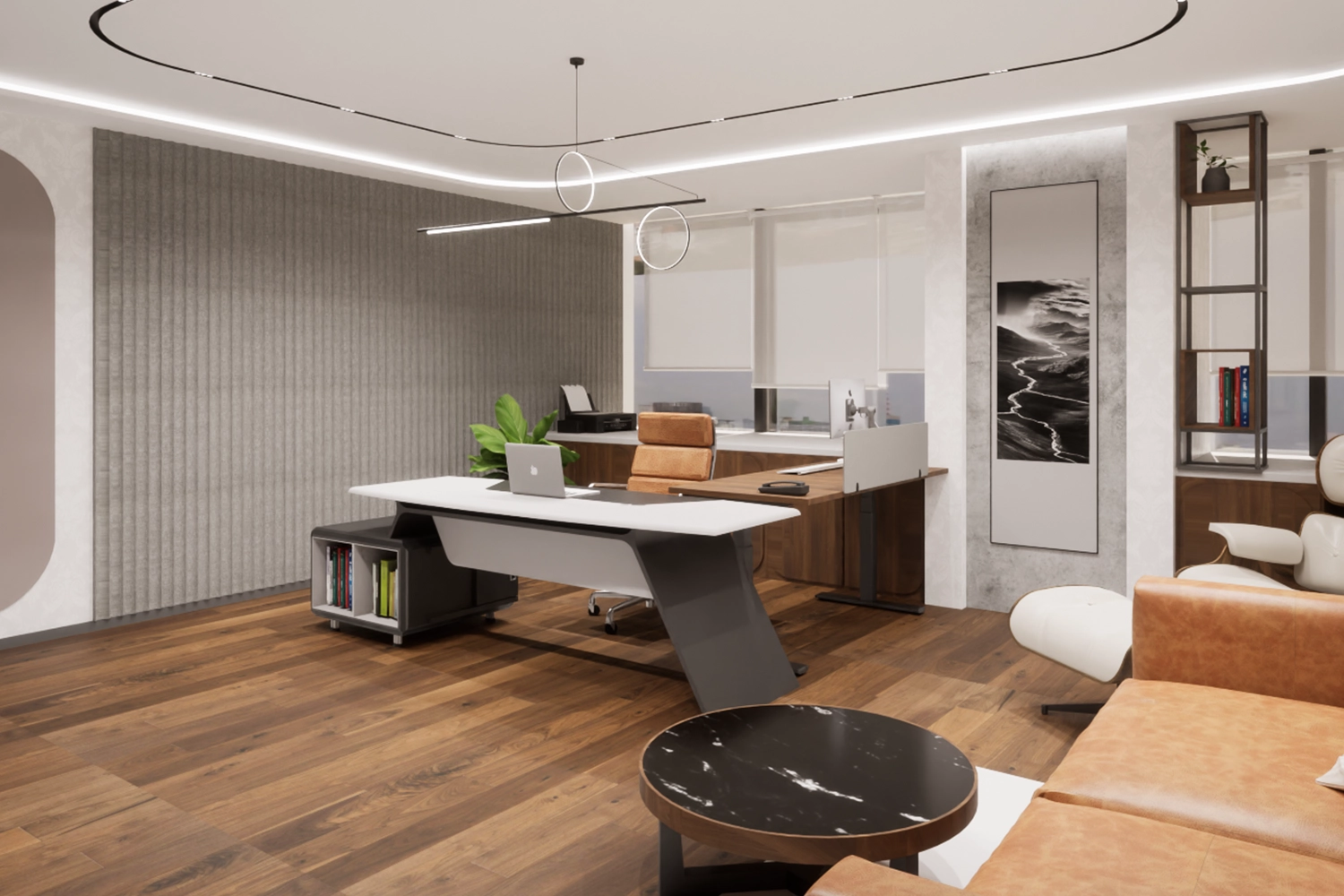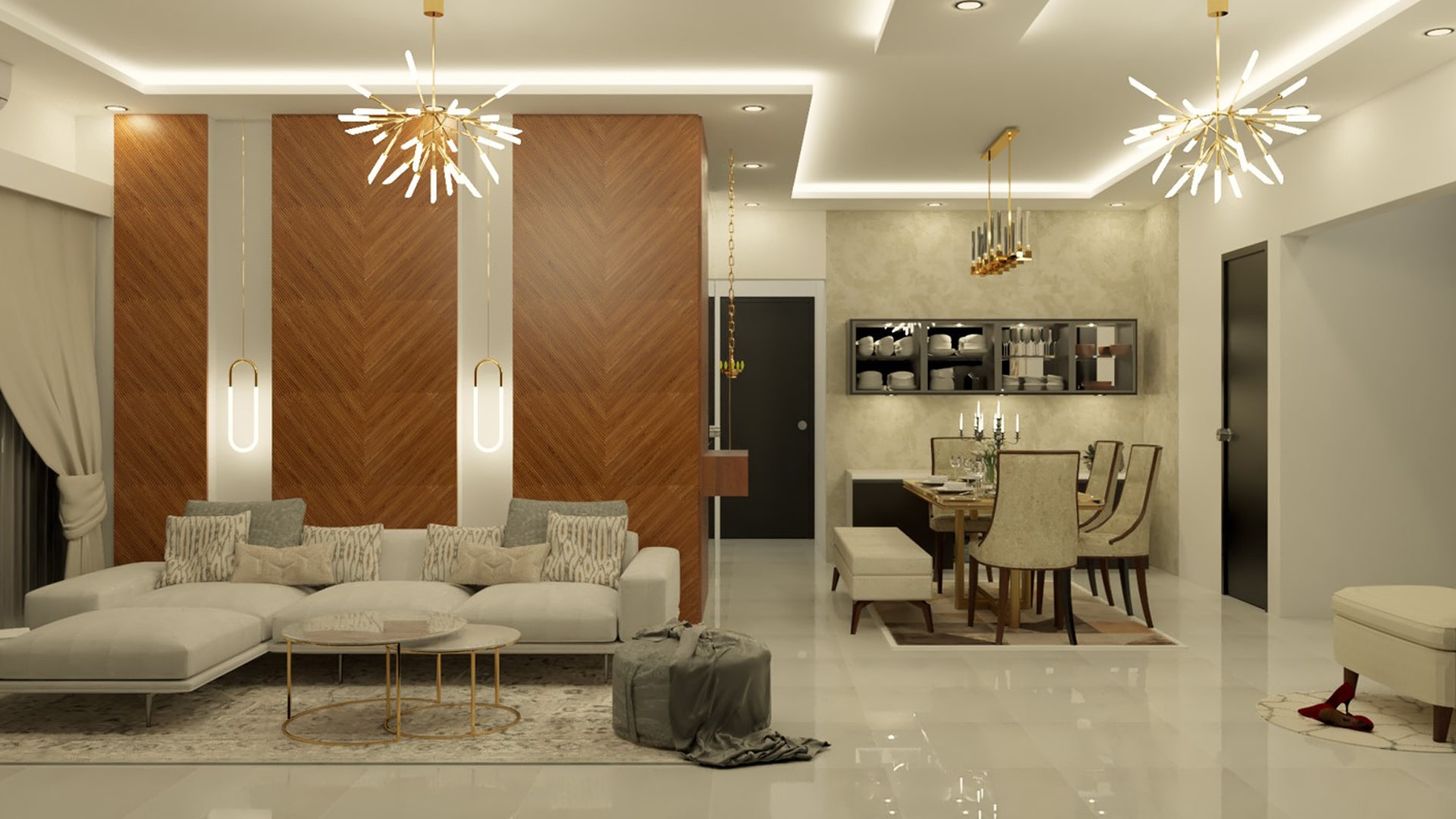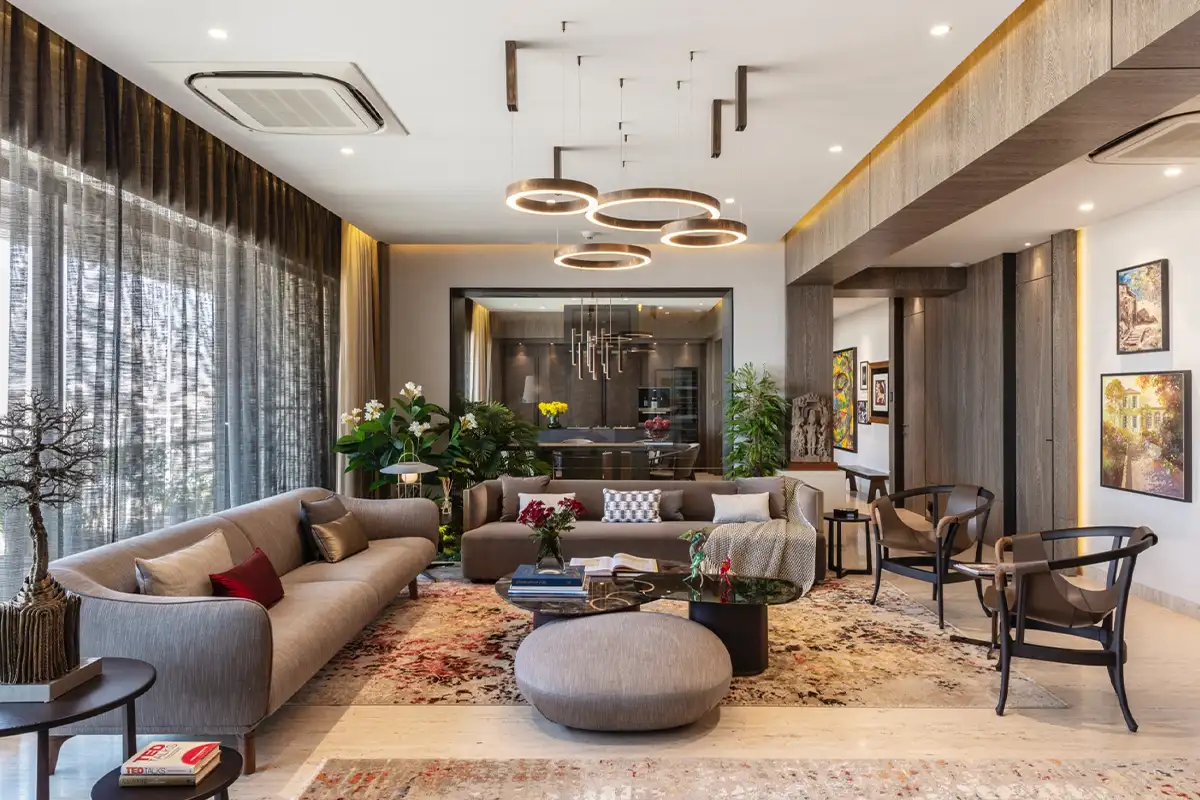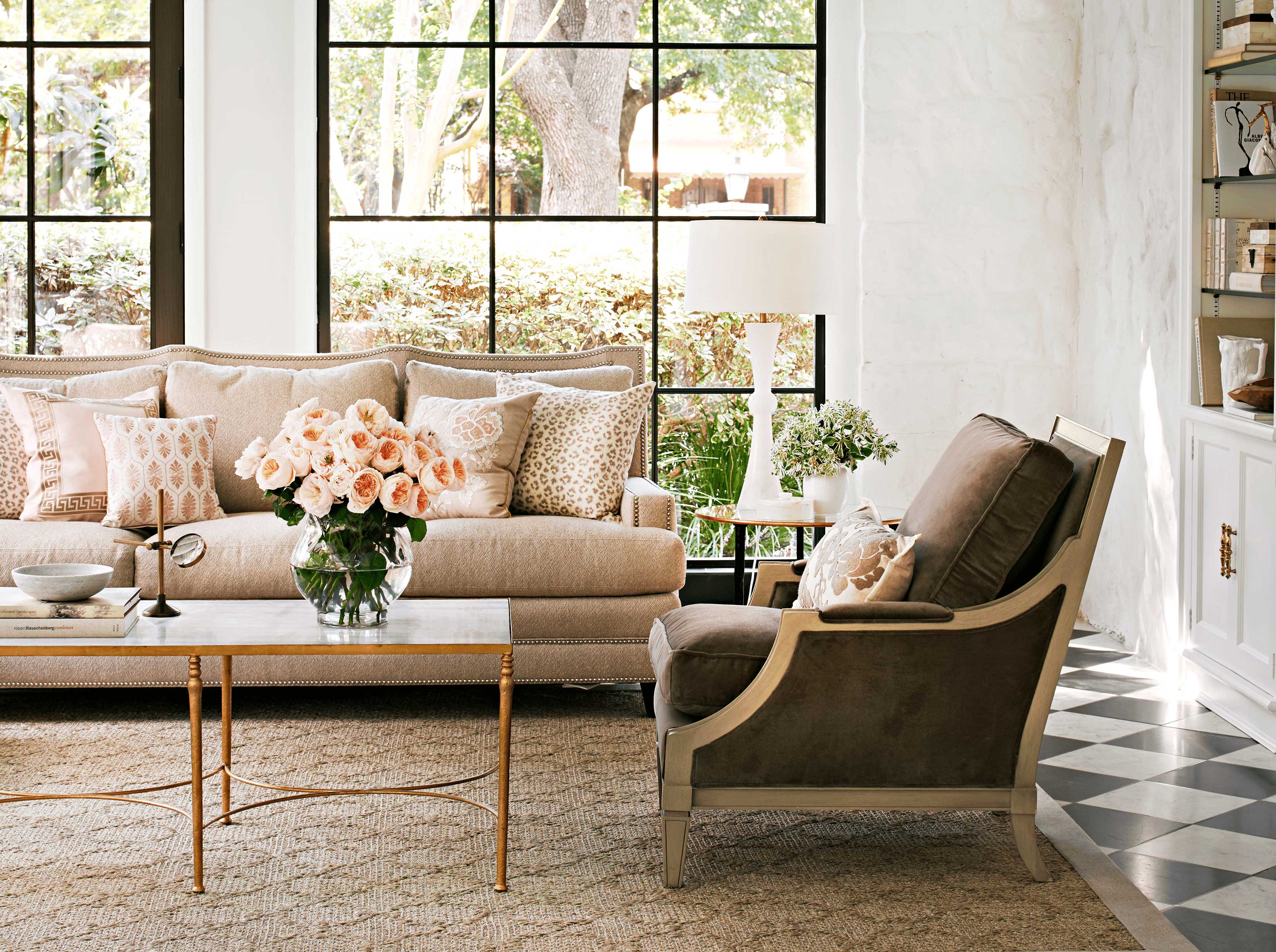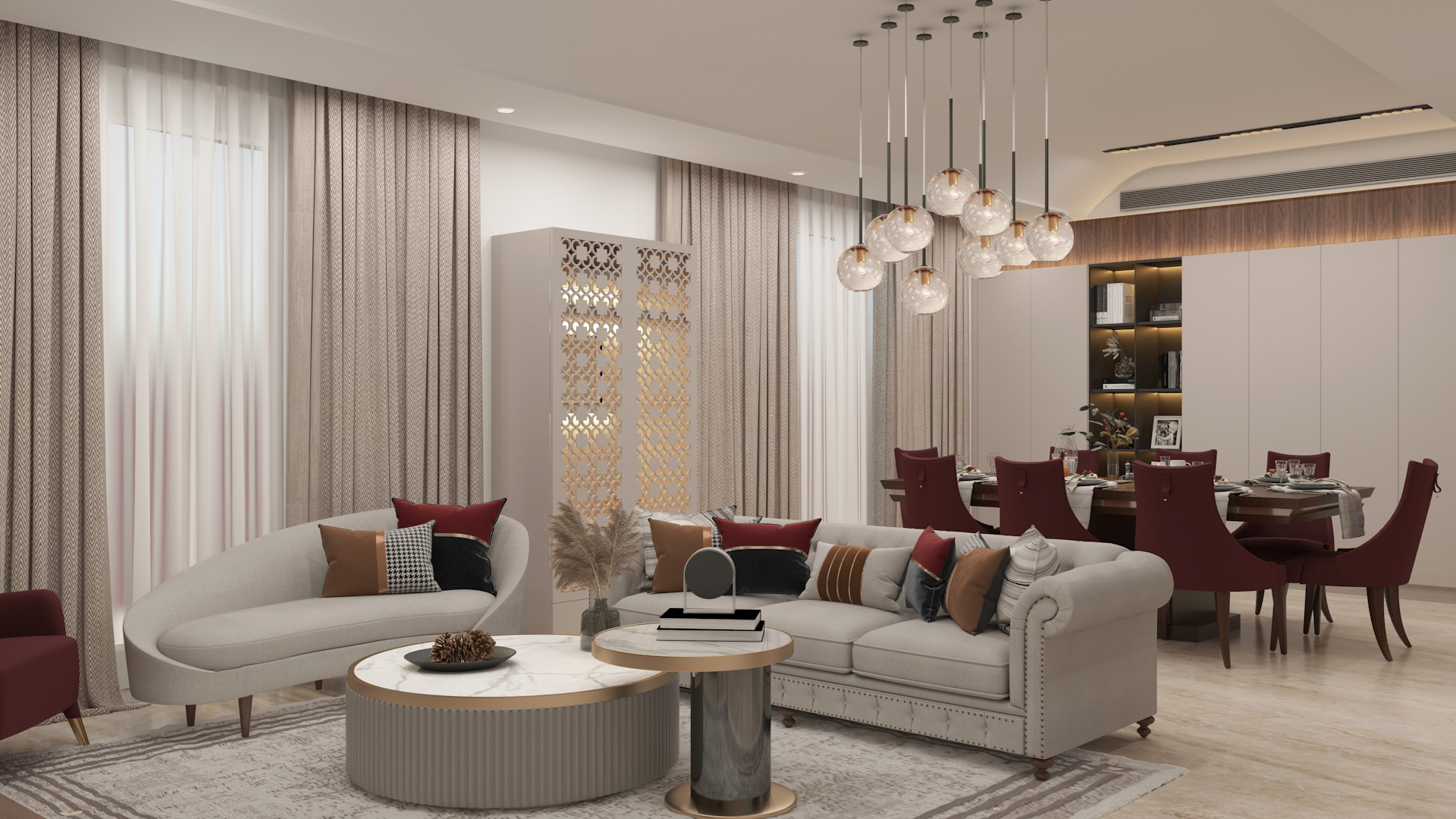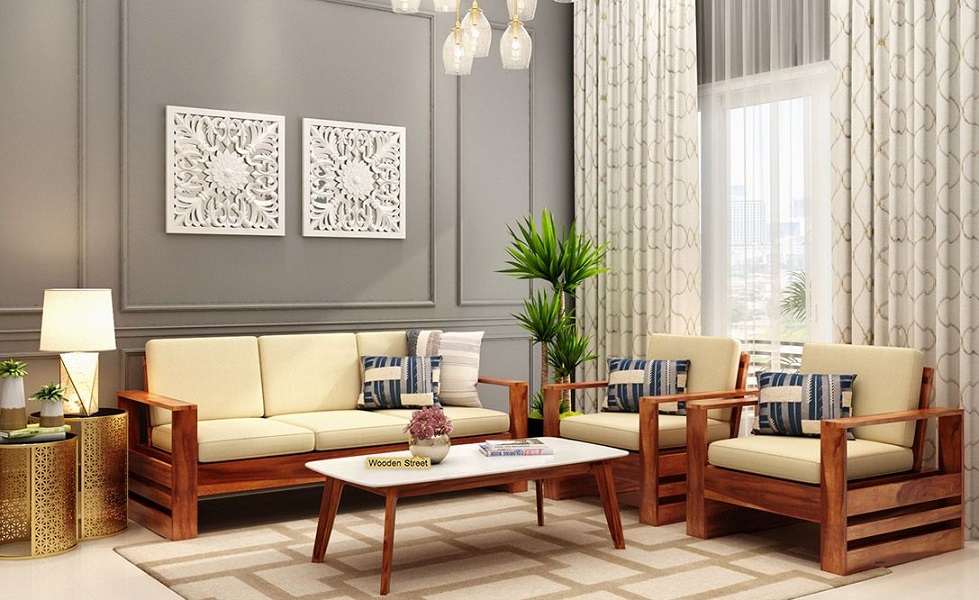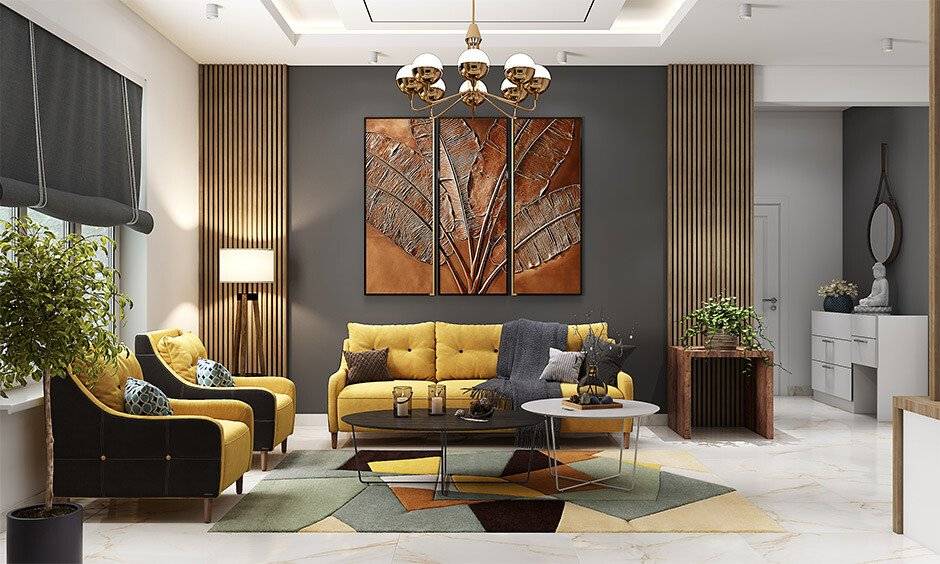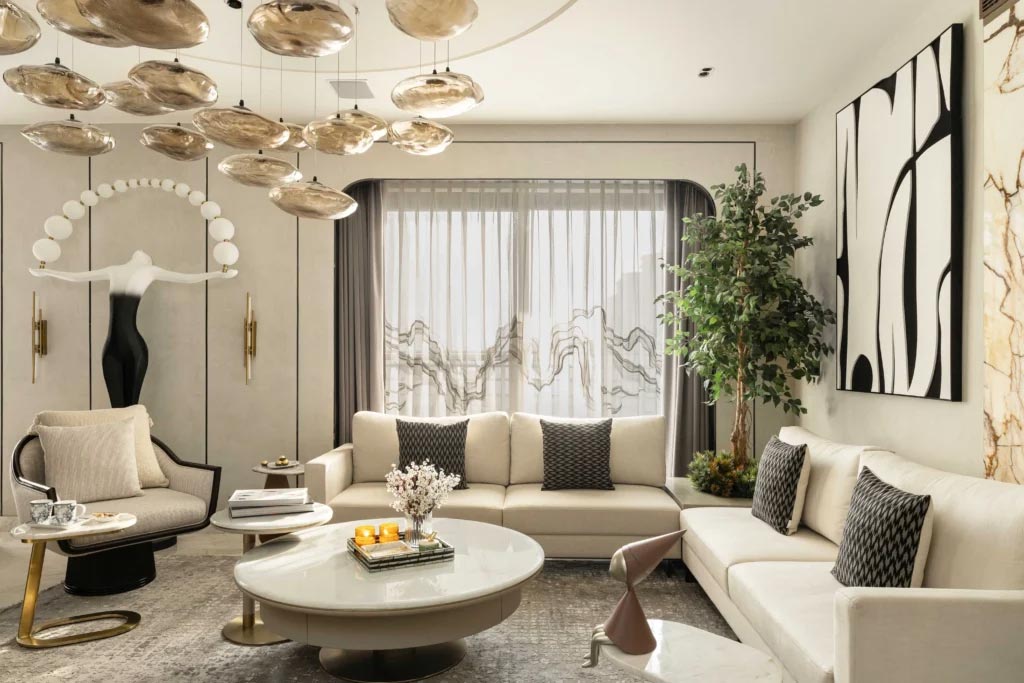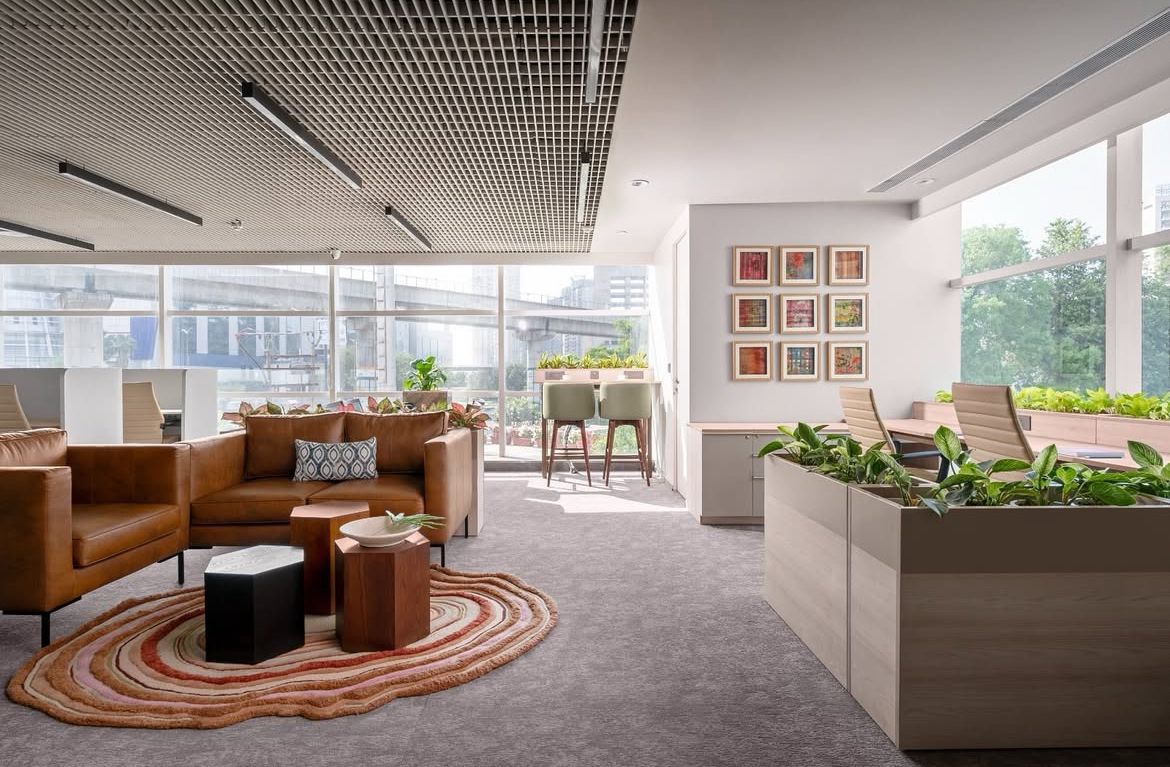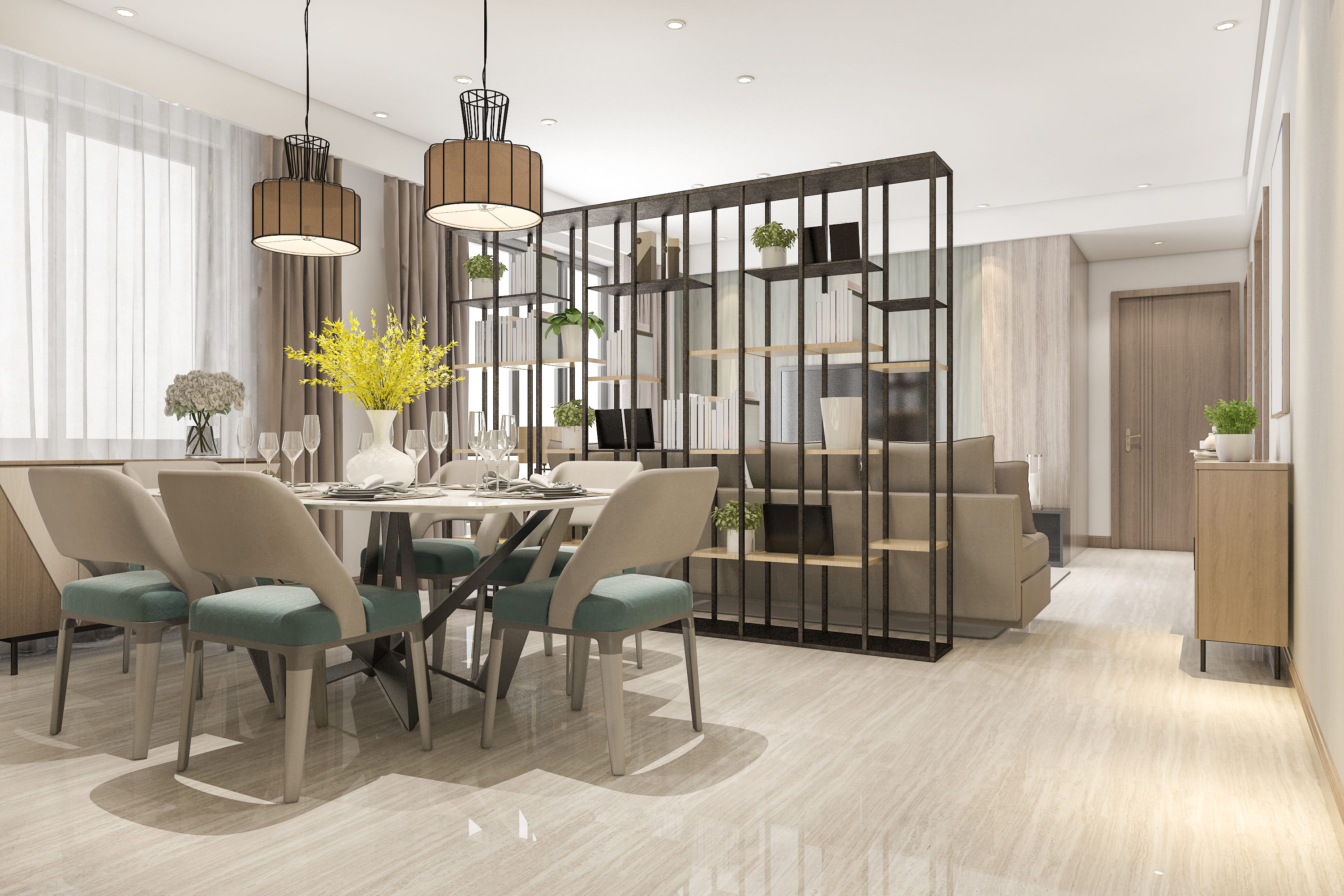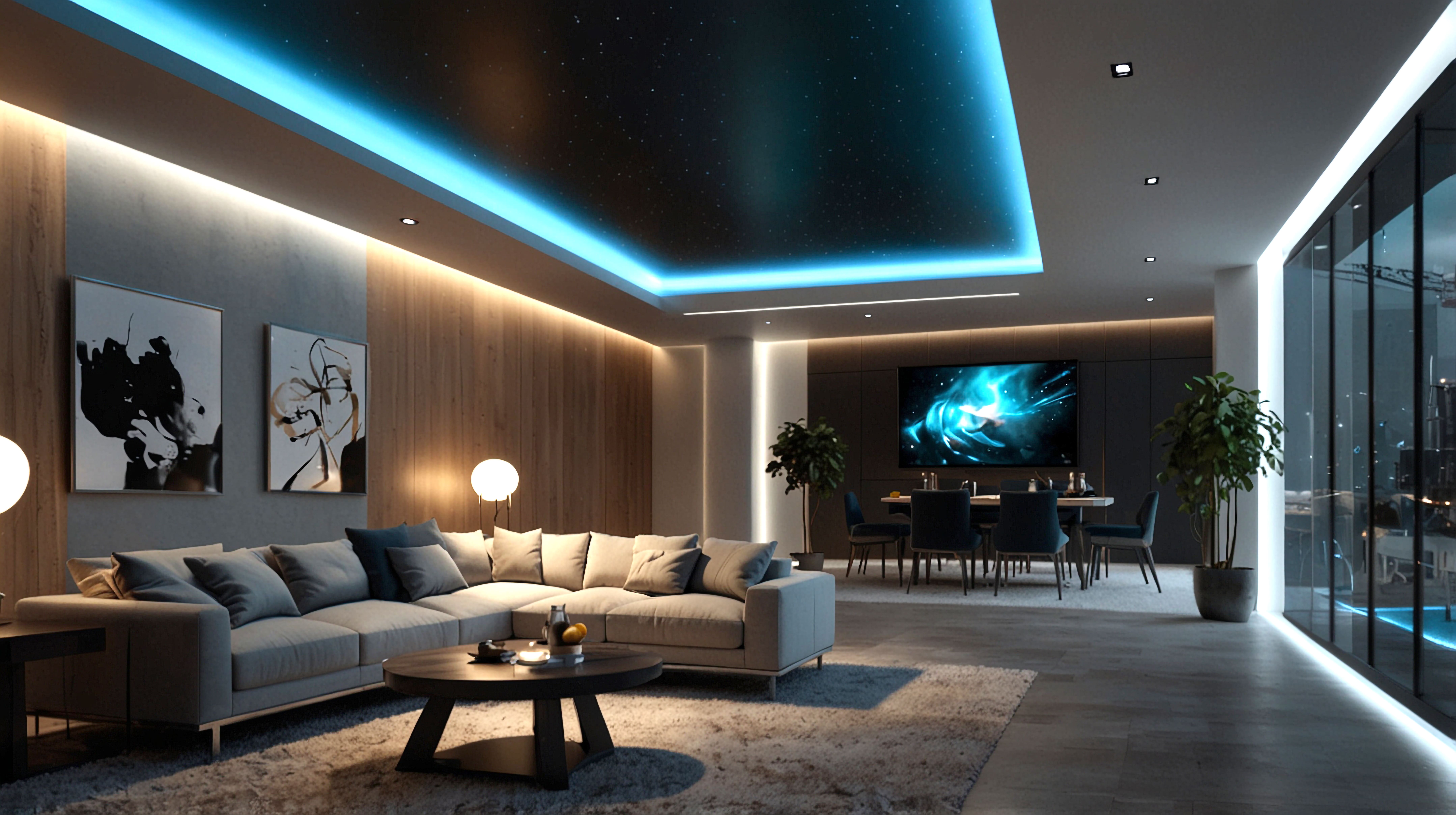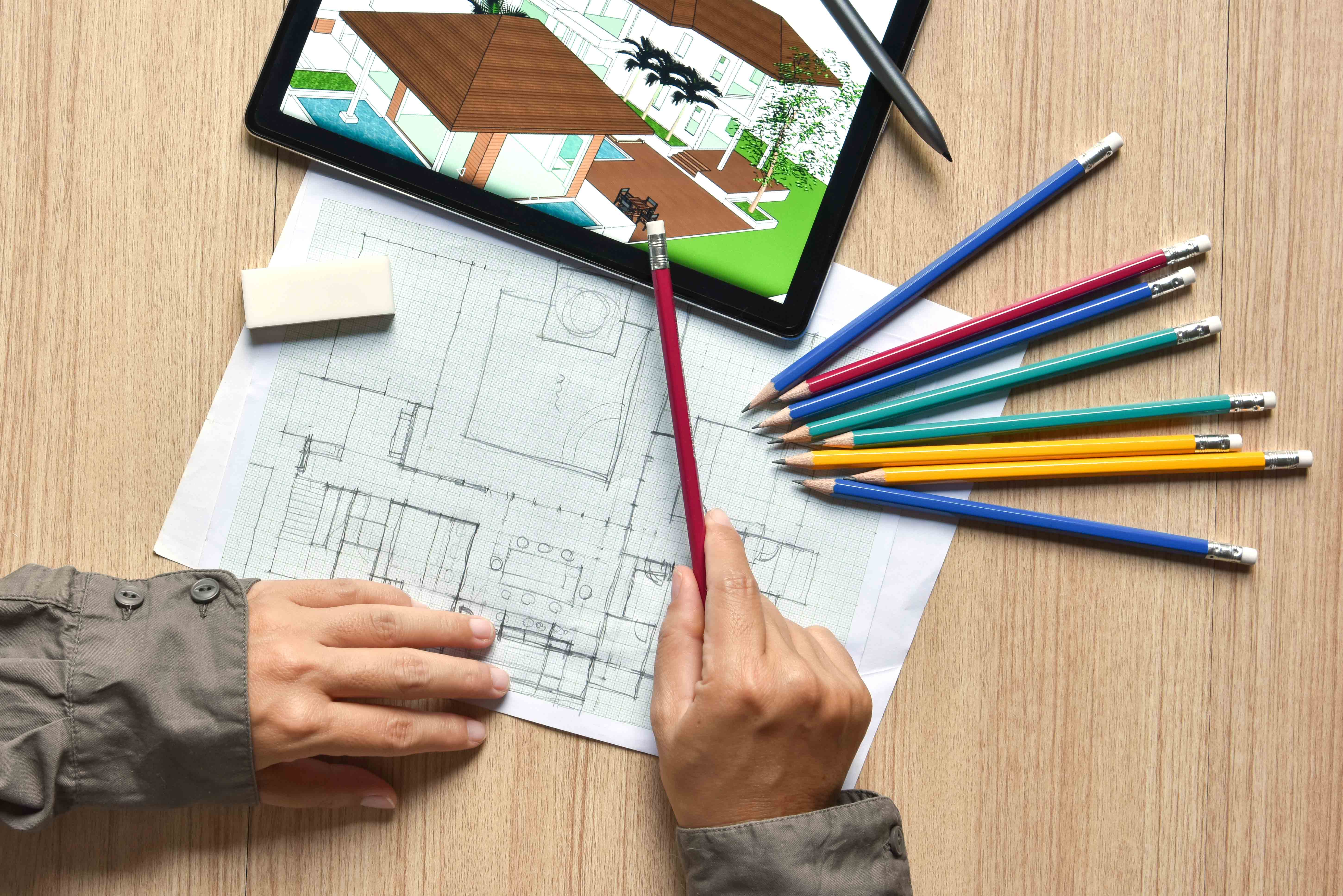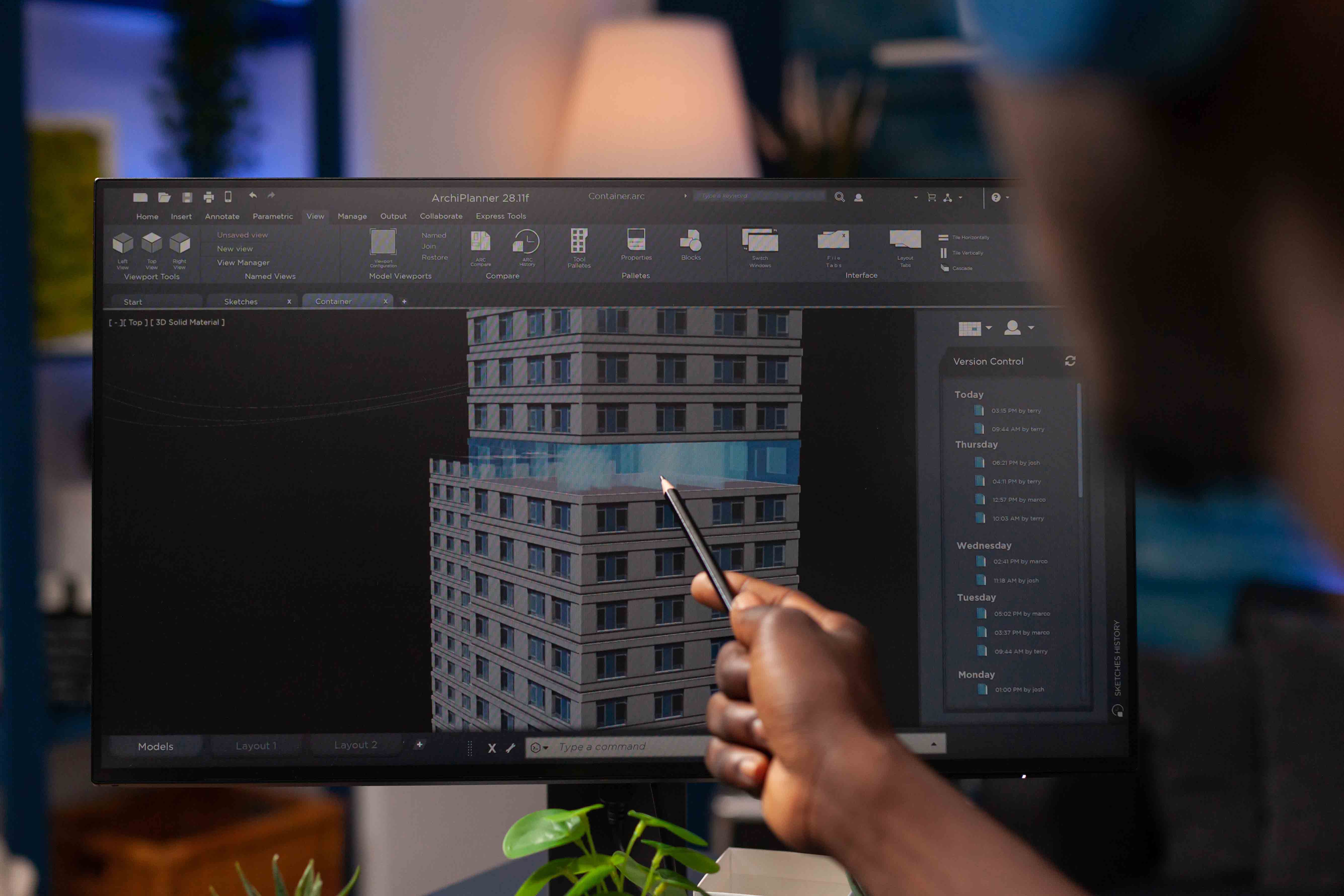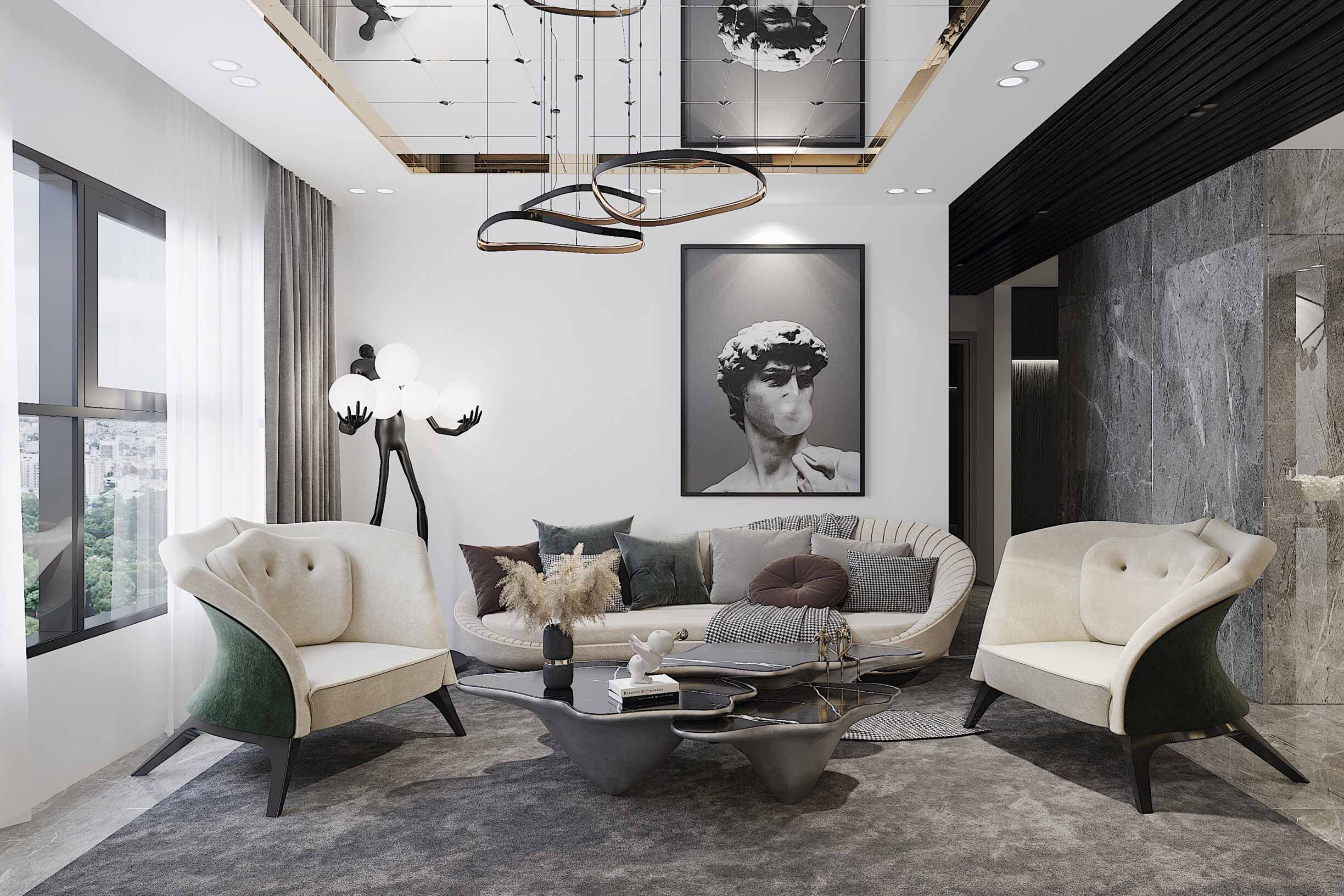
How to Optimize Small Spaces with Professional Interior Design
1. Introduction
Living in a small space doesn’t mean you have to compromise on style, comfort, or functionality. With the right design approach, even the smallest spaces can feel expansive and organized. Professional interior design can work wonders in transforming compact areas into well-utilized, beautiful spaces. Whether you live in a small apartment, a cozy studio, or simply want to make the most of a compact room, Rise and Tread offers expert solutions to optimize every inch of your space.
In this blog, we’ll explore key tips and tricks to help you optimize small spaces using professional interior design strategies that balance aesthetics and functionality.
2. Start with a Smart Floor Plan
The foundation of any successful small space design begins with a smart floor plan. A professional interior designer understands how to arrange furniture and design elements to create a seamless flow and maximize usable space. When you have limited square footage, it’s crucial to choose layouts that open up the space visually.
Open-plan layouts : Incorporating open-plan concepts where possible can create a sense of more space by removing walls and barriers.
Flexible furniture : Using modular or multi-purpose furniture, such as foldable tables, extendable desks, or sofa beds, helps maintain flexibility in the space.
Decluttered layout : Professional designers keep layouts simple by minimizing unnecessary pieces of furniture, creating clear pathways and avoiding crowding the space with excessive décor.
3. Go Vertical with Storage
In small spaces, horizontal space is often limited, which means vertical space becomes your best friend. Using the height of your walls for storage not only keeps things organized but also makes the room appear taller and more spacious.
Wall-mounted shelves : Shelving units mounted high on the walls can store books, plants, and décor without taking up floor space.
Tall cabinets or wardrobes : For bedrooms and kitchens, investing in tall storage units can help keep your things off the floor while maintaining an organized and neat look.
Hanging hooks : For everyday essentials like bags, hats, and keys, wall hooks or pegs are a great way to free up countertop space and keep things easily accessible.
4. Use Light and Neutral Colors
When working with small spaces, color plays a pivotal role in making the area appear larger and more open. Professional interior designers often recommend light and neutral colors as they reflect more light, making the space feel airier and more expansive.
White and light shades : Whites, light greys, and beige can create a feeling of openness and brightness.
Accent colors : Adding pops of color with décor, cushions, or art pieces helps bring personality to the space without overwhelming it.
Mirrored finishes : Incorporating mirrored or glossy finishes in furniture or décor can reflect light, giving the illusion of more space.
5. Focus on Multi-Functional Furniture
Maximizing utility without overcrowding is essential for optimizing small spaces. Multi-functional furniture is a game-changer when it comes to compact living.
Sofa beds : A sofa that doubles as a bed provides both seating and sleeping arrangements, perfect for studio apartments or rooms with limited space.
Storage ottomans and coffee tables : These pieces often come with built-in storage to store blankets, books, or other items without adding additional clutter.
Fold-out desks and wall-mounted tables : These can be tucked away when not in use, keeping the space free and open for other activities.
6. Let Natural Light In
A well-lit room always feels more spacious. Small spaces often feel cramped if they’re poorly lit, so making the most of natural light is key.
Maximize window usage : Keep windows unobstructed by heavy curtains or bulky furniture. Instead, opt for light and airy window treatments like sheer curtains or blinds that can be drawn up during the day.
Reflective surfaces : Use reflective surfaces, such as mirrors or light-colored furniture, to bounce natural light around the room, brightening even the darkest corners.
7. Minimize Heavy Furniture
In small spaces, bulky furniture can make the area feel overcrowded. Instead, professional interior designers suggest opting for furniture that is both light in weight and visually minimalistic.
Slim-profile furniture : Look for sleek furniture with thinner frames, like open-legged sofas and chairs, which create a sense of openness by allowing more of the floor to be visible.
Avoid oversized pieces : Large, heavy furniture pieces can make a room feel cramped and limit movement. Choose pieces that are proportionate to the size of the room to keep the space feeling balanced.
8. Use Mirrors to Create the Illusion of Space
Mirrors are an interior design tool that works wonders in small spaces. They reflect light and create the illusion of a larger room. Strategically placing mirrors on walls or as part of your furniture can significantly open up a small space.
Large mirrors : A large mirror on one wall can instantly make a room feel bigger and brighter.
Decorative mirror placements : Use mirrors in decorative frames or as part of the wall art to add both function and style to the room.
9. Incorporate Hidden Storage Solutions
Hidden storage is an effective way to keep small spaces organized and clutter-free. Professional designers are adept at finding storage solutions that don’t compromise on design.
Under-bed storage : If your bed is raised, consider using the space underneath for drawers or boxes to store extra linens, shoes, or seasonal clothing.
Built-in furniture : Built-in shelving or cabinets that blend with the design of the room not only save space but can also act as a beautiful feature of the room.
10. Invest in Space-Saving Appliances
In small kitchens and bathrooms, space-saving appliances are key to maintaining functionality without sacrificing comfort.
Compact appliances : Look for smaller versions of washing machines, refrigerators, and dishwashers, or even combination units that save space.
Wall-mounted fixtures : Wall-mounted sinks and faucets free up valuable floor space and provide a more open feel to your bathroom or kitchen.
11. Work with a Professional Interior Designer
When optimizing small spaces, a professional interior designer can make a huge difference in ensuring the space functions properly and looks aesthetically pleasing. Rise and Tread offers personalized interior design services to help you make the most of your space. Our team will work closely with you to understand your needs and create a design that maximizes every inch of your home or office.
12 Conclusion
Optimizing small spaces requires a blend of creativity, functionality, and expert knowledge of design principles. By incorporating smart floor plans, multi-functional furniture, and maximizing natural light, you can make even the smallest spaces feel open, inviting, and organized. At Rise and Tread, we specialize in creating spaces that reflect your personal style while maximizing functionality.
Contact us today to start transforming your small space into a beautifully optimized area!

